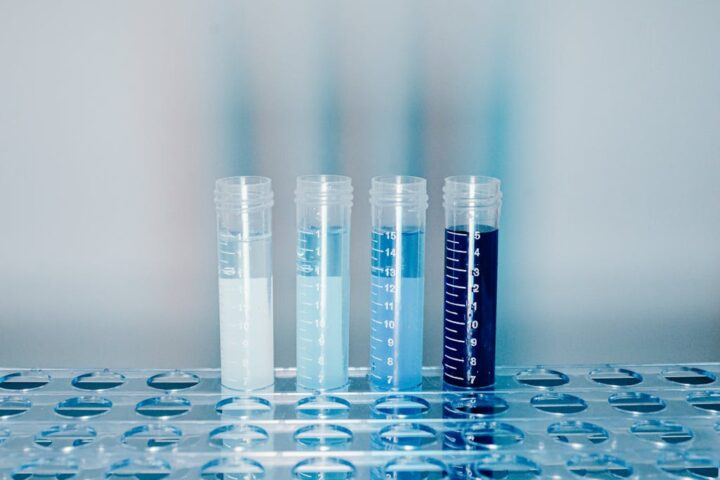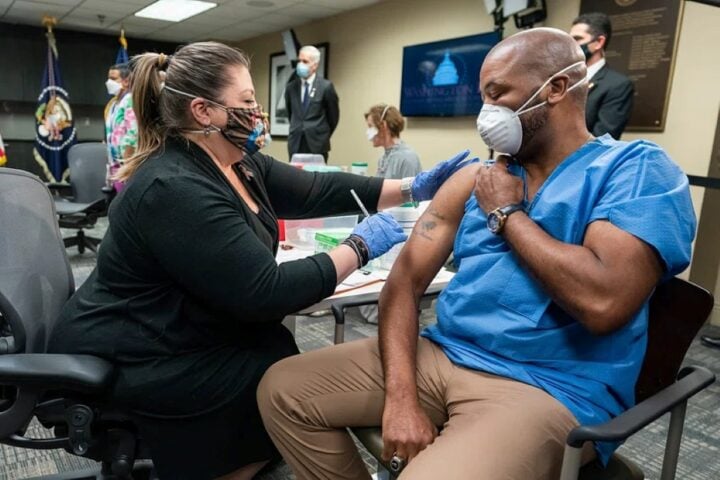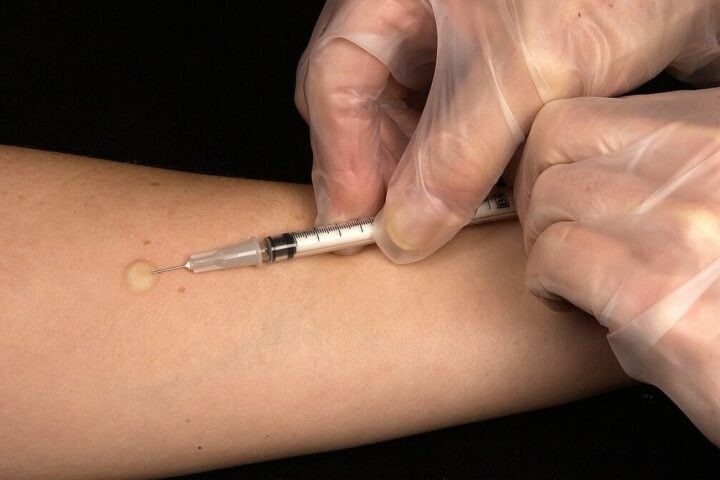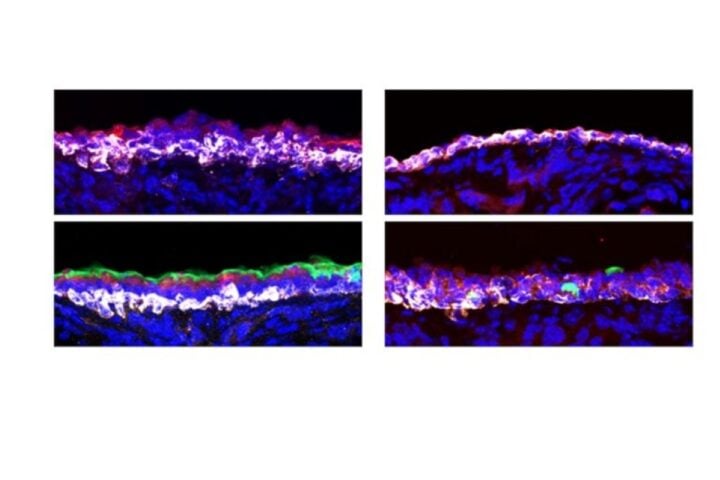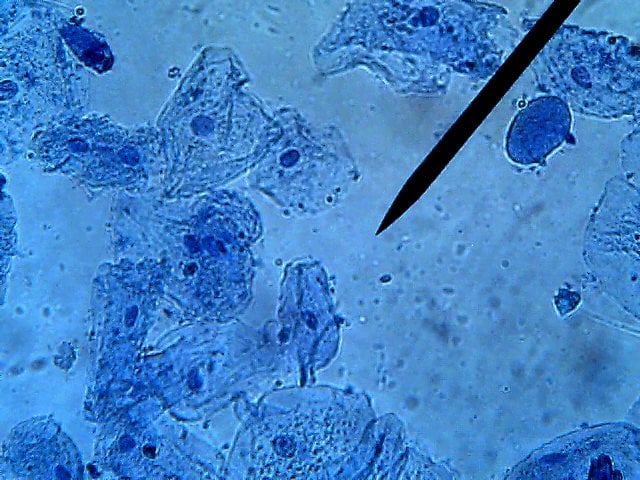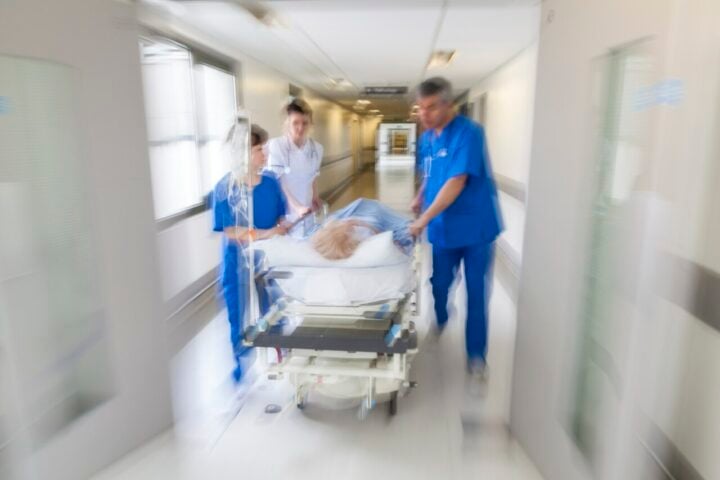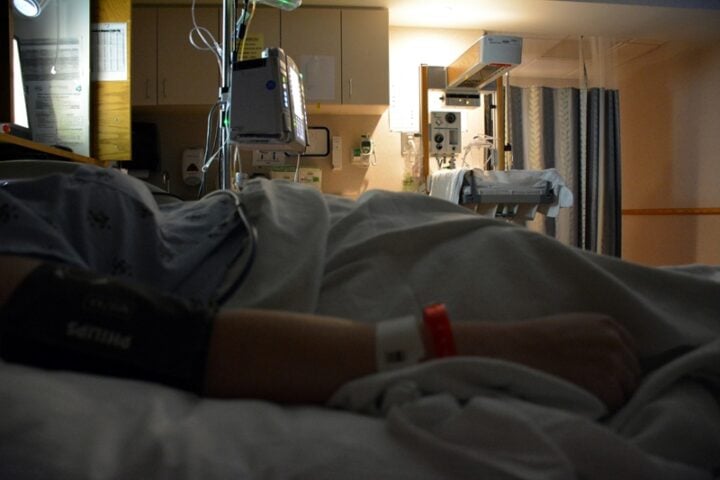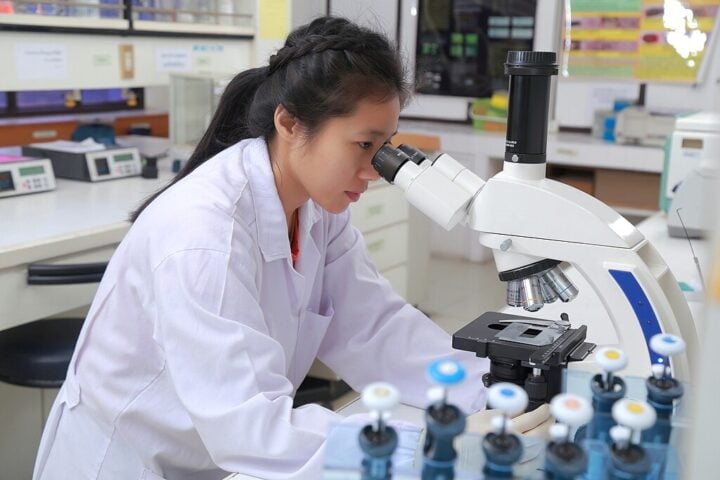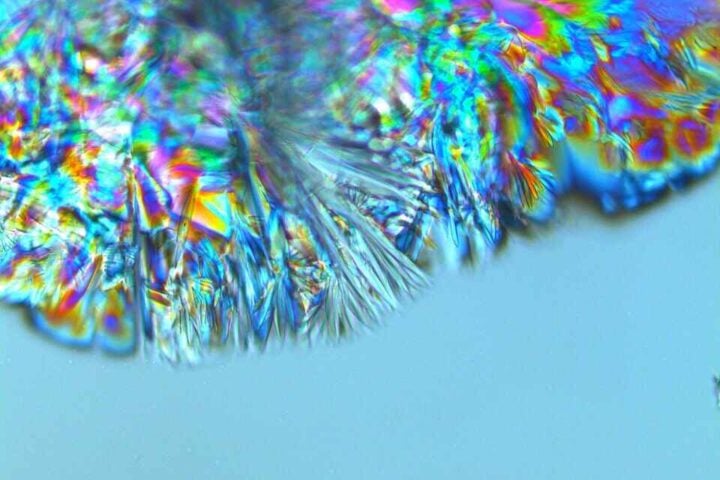The $1.9 million CleanAir Schools pilot program developed together with researchers from the University of New South Wales (UNSW) has been expanded from six to 100 NSW schools to monitor the air quality of the environment in which the children learns and play.
For the coming two years the partner schools will use the best low-cost and portable air quality sensors that will be installed in their school premises-one for outdoors and another for indoors.
For outdoor installation the portable sensors are powered by solar panels whereas, for inside installation they are plugged into existing electricity outlets.
The Government committed to improve the average air quality in New South Wales, introduced the pilot program to give an opportunity to the students to learn more about challenges in their surrounding environment and to come up with solutions for the same.
In 2023, the students participate in the ‘Energy Transformers’ STEM educational program, which is funded by the UNSW Digital grid future institute as a part of the upper primary curriculum. Through the program they can examine the data from the air quality sensors and connect their data to the local and global energy and environment issues.
Doug Thomas, the Principal of Claremont College in Randwick, which took part in the CleanAir program in 2021 said that, they are excited to participate in the energy transformers program with their students from next year.
To protect the students and staffs from getting infected by COVID-19 more than 10000 public schools received natural air ventilation systems in the April of this year.
The virus is not the only concerning issue but also the bushfire crises in 2020 and hazard reduction burns, which fuelled the conversation across Australia about the worsening climate change and specifically the air quality which is constantly changing. The quality of air that one breathes affects their health, and well-being. Air pollution caused by various human activities, can affect the heart and lungs, and can even cause cancer as per newer reports
However, even today most air quality readings don’t reflect the actual quality of the air that citizens breathe every day because unplanned air quality measuring systems fail citizens.
But with the new technological innovations they have made low-cost, air quality sensors that are more accessible and give data at 5-minute intervals to measure particulate matter 2.5 (PM2.5), nitrogen dioxide (NO2), carbon dioxide (CO2), temperature, and relative humidity.
This initiative will allow the citizens to easily get accurate and real-time access to local air quality which they can examine to understand their local environment and make better decisions to improve them. Donna Green, associate professor at UNSW, said in a press release that expanding this program will help them to guide the schools during adverse events.



